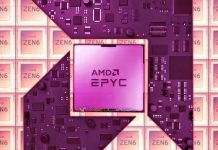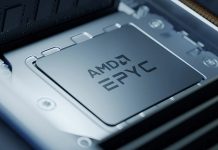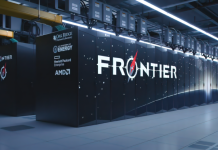Last updated on December 8th, 2022 at 02:48 pm
AMD Unveils Radeon Boost + and DLSS Response in Spring Adrenaline Driver Update
We’ve already pointed out to our readers that AMD never released its traditional major graphics driver update last year, so all builds released this year are still in the Adrenalin 2020 Edition. There seems to be a good reason.
Don’t forget to leave us a comment below and let us know what you think!
Share Our Website for Technology News , Health News , Latest Smartphones , Mobiles , Games , LifeStyle , USA News & Much more...





